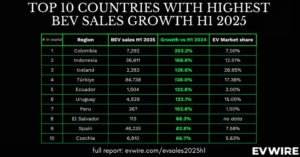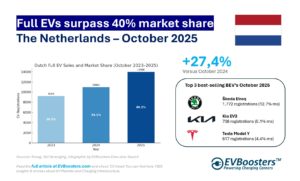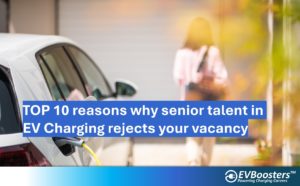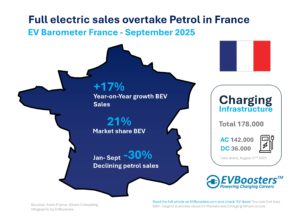In week 47 we added the following reports:
- Accelerating and Optimizing Fast-Charging Deployment for Carbon-Free Transportation | Calstart
- E-fuels in trucks: expensive, scarce, and less green than batteries | Transport & Environment
- Developing an electric mobility roadmap: international experiences from subnational case studies for Vietnamese cities | World resources institute
- Zero emission vehicles factbook | BloombergNEF
- Net-Zero Transition: Opportunities for Indonesia | BloombergNEF
- Highlighted report: Electric vehicles will soon lead global auto markets, but too slow to hit climate goals without new policies | Energy innovation here
The reports are shared and available free of charge in our database.
A strong and well-connected network of highway charging stations in New York and Massachusetts
The decarbonization of transportation is a top priority in New York and Massachusetts. In 2021, New York passed legislation aiming for 100% zero-emission vehicle sales for passenger vehicles by 2035, and both states have enacted the Advanced Clean Trucks regulation, which requires an increasing number of zero-emission medium- and heavy-duty vehicle (MHDV) sales beginning in 2025. A strong and well-connected network of highway charging stations that offer on-route fast-charging in addition to home, office, and depot charging will be necessary to meet these aims. Convenient access to fast charging will significantly promote the growth of the EV market and customer acceptance when combined with sales and production incentives like those outlined in the Inflation Reduction Act of 2022.
This report projects site-specific consequences at possible highway charging locations using 71 sites in New York and Massachusetts to simulate projected power consumption growth between 2022 and 2045. The suggestions that come out of this research will help politicians, utilities, and site operators plan for highway fast-charging deployment that not only supports but also hastens the adoption of ZEVs.
Accelerating and Optimizing Fast-Charging Deployment for Carbon-Free Transportation | Calstart

e-fuels are not practical nor sensible for use in trucks
The European Commission will review the truck CO2 standards in December 2022 in order to fully decarbonize road freight. The oil sector and automakers are pleading for the inclusion of CO2 credits for bio- and synthetic fuels in the rule to protect internal combustion engines ahead of the proposal. T&E determined that e-fuels are neither economically or environmentally feasible for trucks when comparing battery-electric trucks (BETs) to vehicles that run on synthetic fuels (e-fuels) in 2035 in terms of lifetime emissions and total cost.
This report examines battery-electric trucks (BETs) against vehicles that operate on synthetic fuels (e-fuels) in 2035 in terms of lifetime emissions and total cost, and it concludes that e-fuels are not practical nor sensible for use in trucks.
E-fuels in trucks: expensive, scarce, and less green than batteries | Transport & Environment
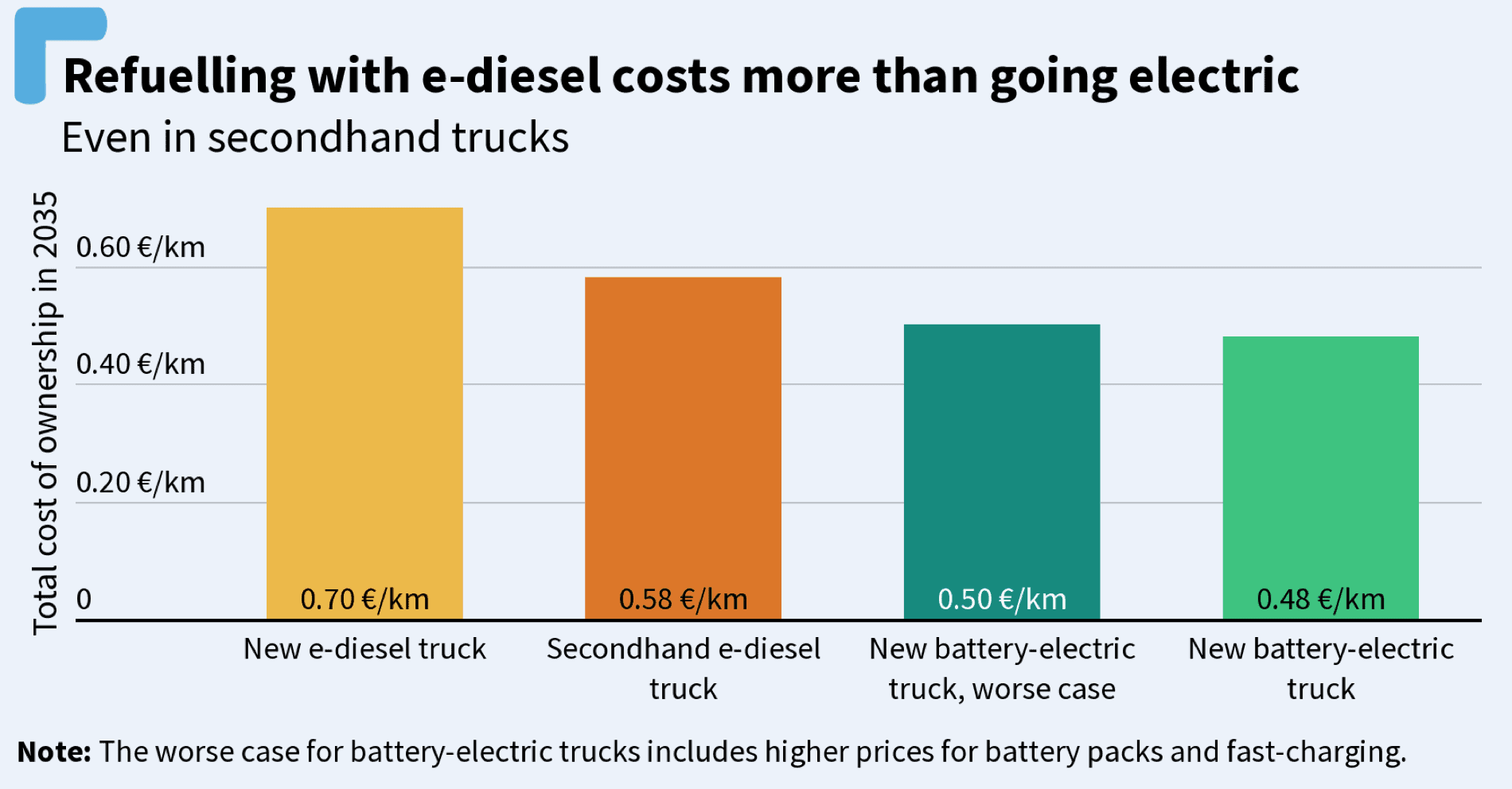
e-Mobility is a crucial strategy to support Vietnam in achieving its bigger climate objectives
Vietnam’s socioeconomic growth has been swift during the past two decades, but as a result, urban air pollution, motorization, and fossil fuel use have all grown, raising issues for the country’s infrastructure and public health. In the transport sector of Vietnam, road transport accounted for the majority of emissions in 2014, and this trend will persist through the year 2030. In this regard, e-mobility is a crucial strategy to support the nation in achieving its bigger climate objectives outlined in the Paris Agreement and battle the escalating detrimental effects of the transportation sector in its growing cities.
This study examines international case studies to assist Vietnamese cities in creating their own e-mobility roadmaps. It offers advice on how to create an e-mobility plan, together with proposals for its required elements and potential policies.
Developing an electric mobility roadmap: international experiences from subnational case studies for Vietnamese cities | World resources institute
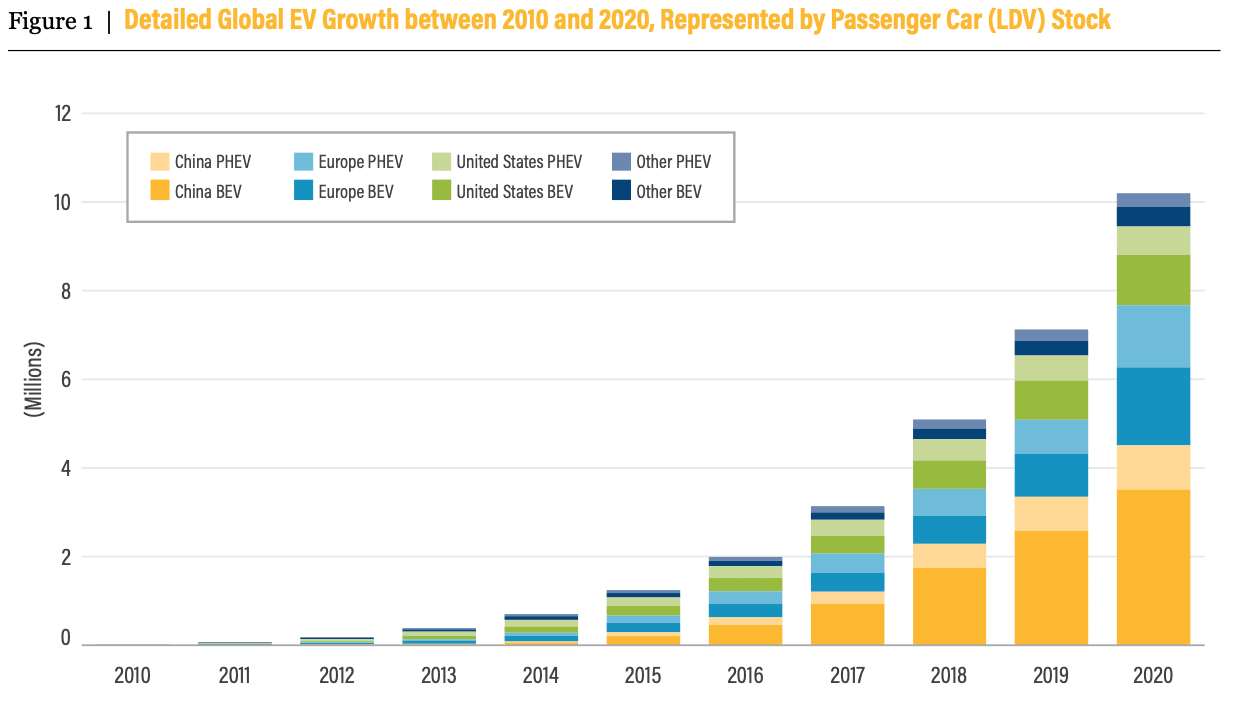
Over $450 billion will be spent on sustainable road transportation globally this year
Sales of passenger electric cars are expected to reach 10.6 million annually in 2022, up from 3.1 million in 2020 and 6.6 million in 2021. In the first part of this year, 13.2% of new automobiles sold globally were electric, up from 4.3% in 2020 and 8.7% in 2021. Over $450 billion will be spent on sustainable road transportation globally this year. The usage of oil is predicted to decrease from 1.5 million barrels per day in 2021 to roughly 1.7 million barrels per day in 2022 as a result of the adoption of electric and fuel cell cars. This represents around 3.8% of the overall demand.
This Factbook highlights that the transition to zero-emission vehicles has continued to gain momentum since the ZEV declaration was announced at COP26, despite the current global energy crisis, and that the ZEV transition is essential to permanently eliminating our reliance on oil.
Zero emission vehicles factbook | BloombergNEF
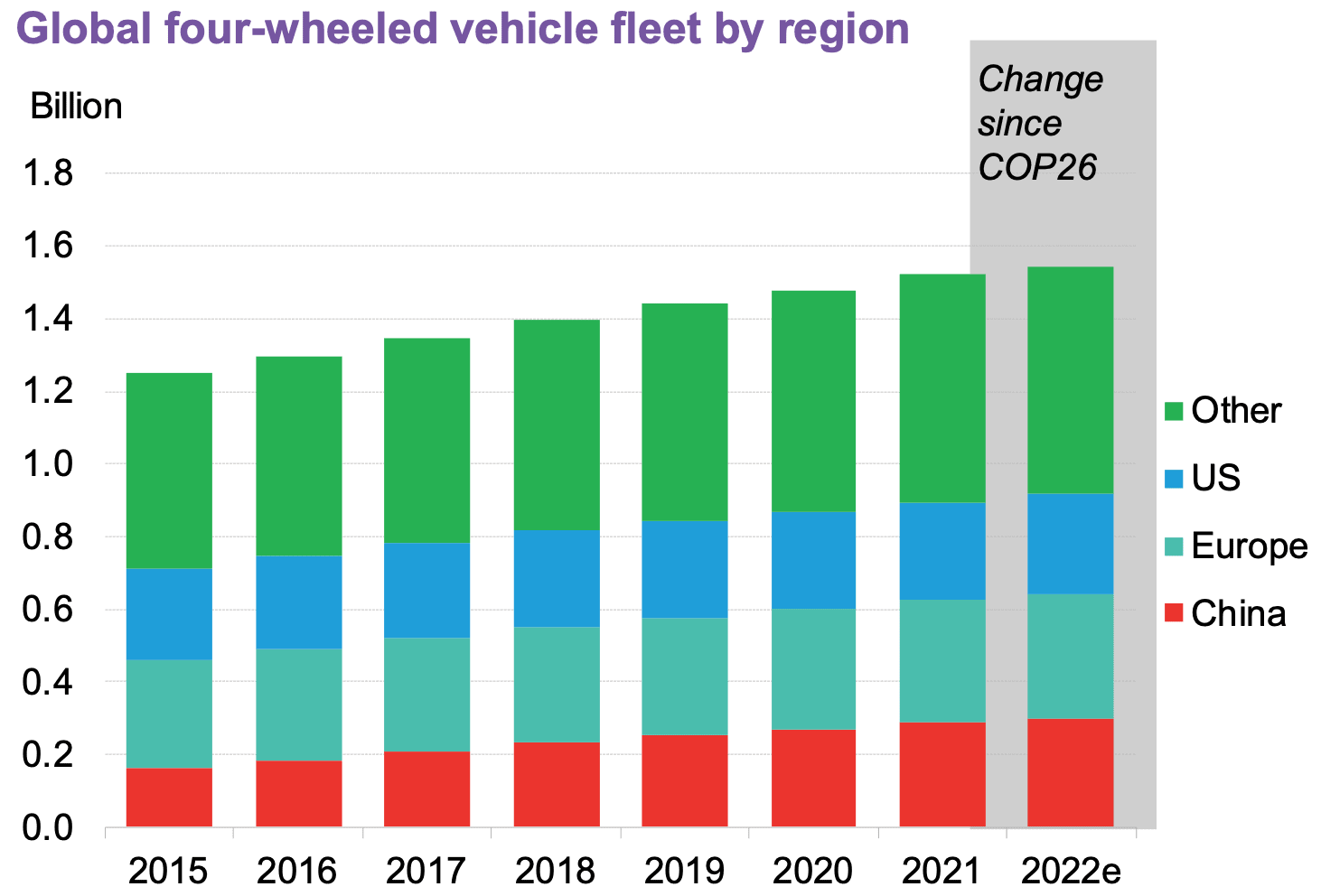
Indonesia’s potential as a global battery manufacturing hub
Sales of electric vehicles (EVs) are increasing swiftly on a global scale, which over the next three decades will significantly increase demand for lithium-ion batteries. The worldwide supply chain for EV batteries can benefit greatly from Indonesia, which contains around 25% of the world’s nickel deposits.
In this report, the potential, challenges, and current trends in Indonesia are examined as the global transition to net-zero energy picks up speed. As the host nation of the G-20 in 2022, Indonesia is eager to promote global climate action. The nation’s own efforts to decarbonize its energy industry are gaining steam.
Net-Zero Transition: Opportunities for Indonesia | BloombergNEF
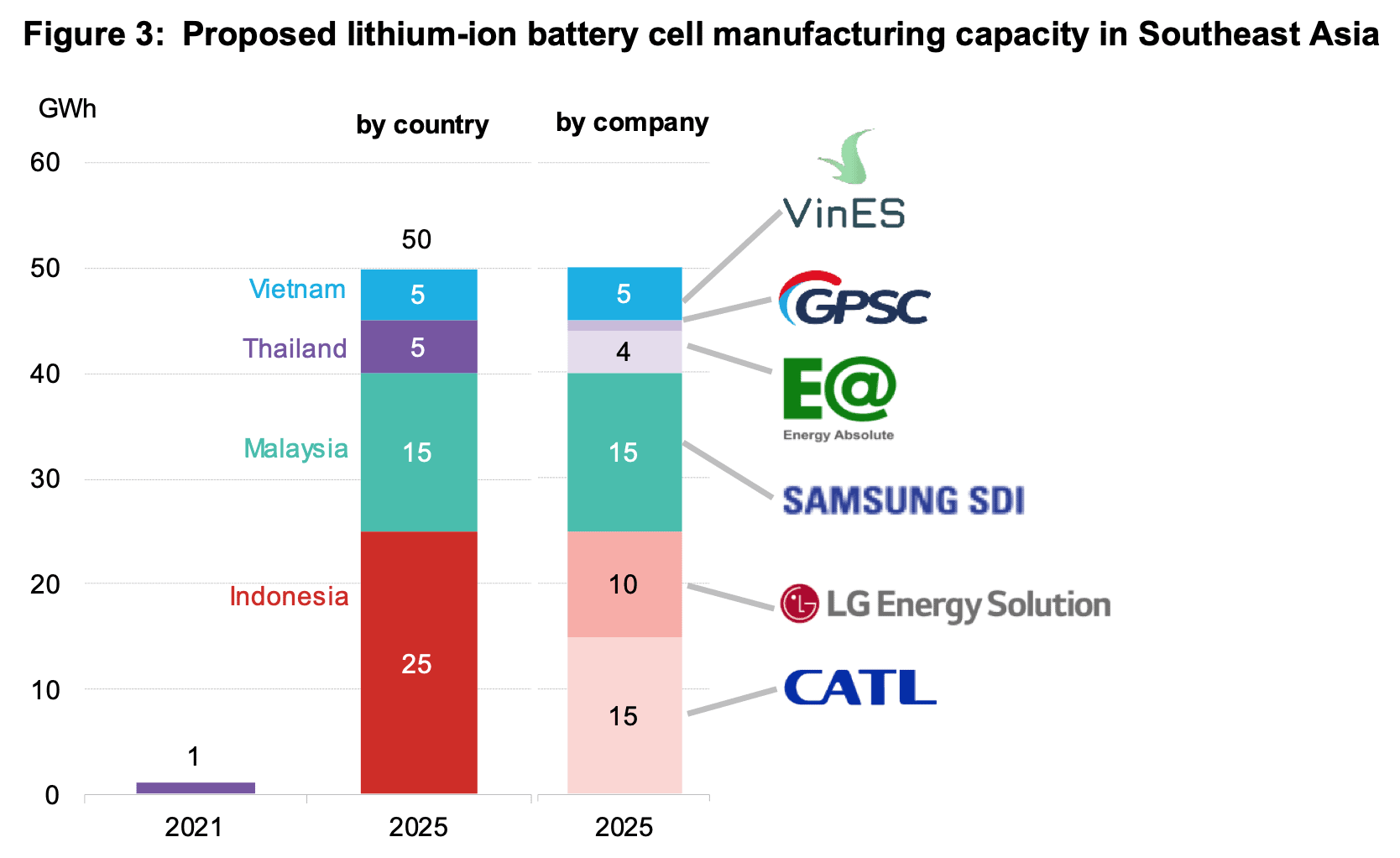
If you have any suggestions please consider providing feedback or uploading your report.


